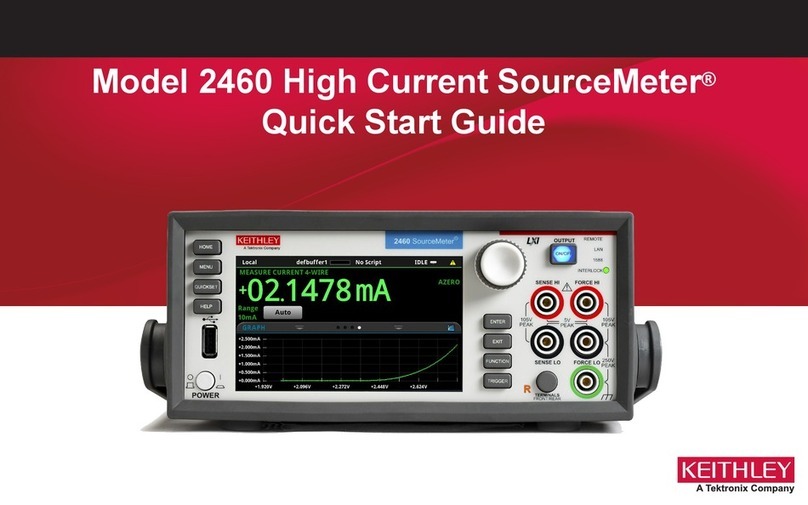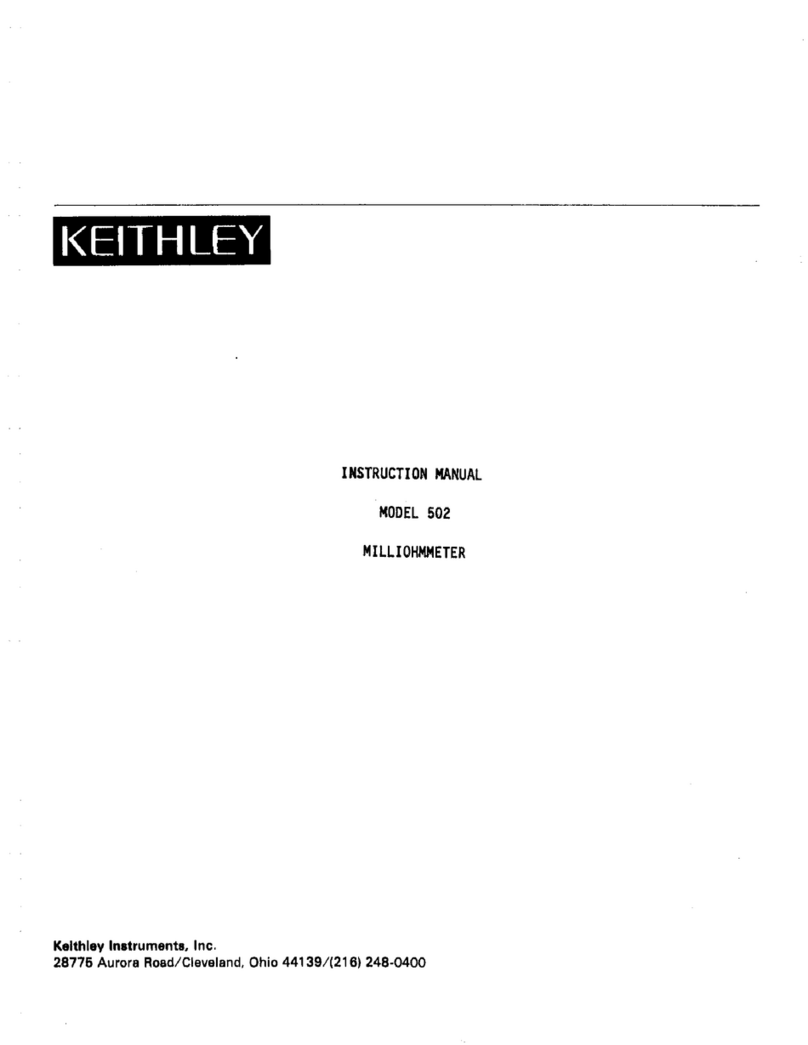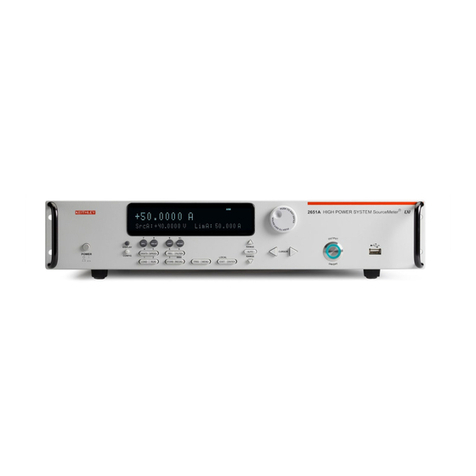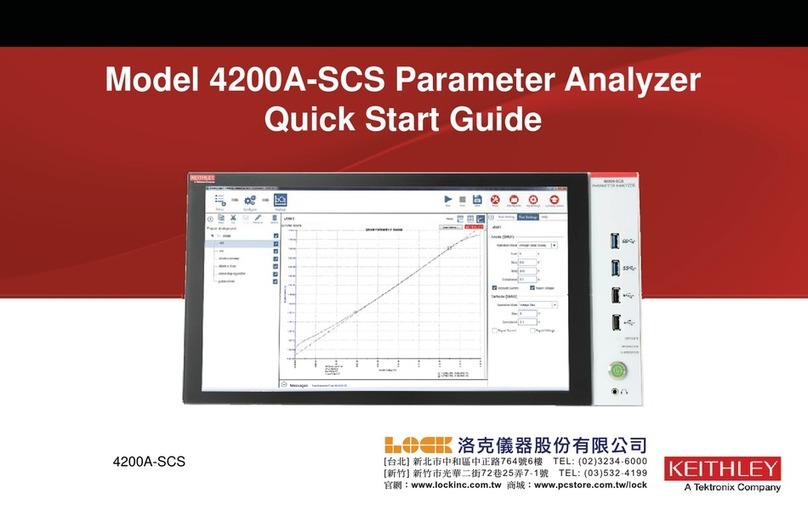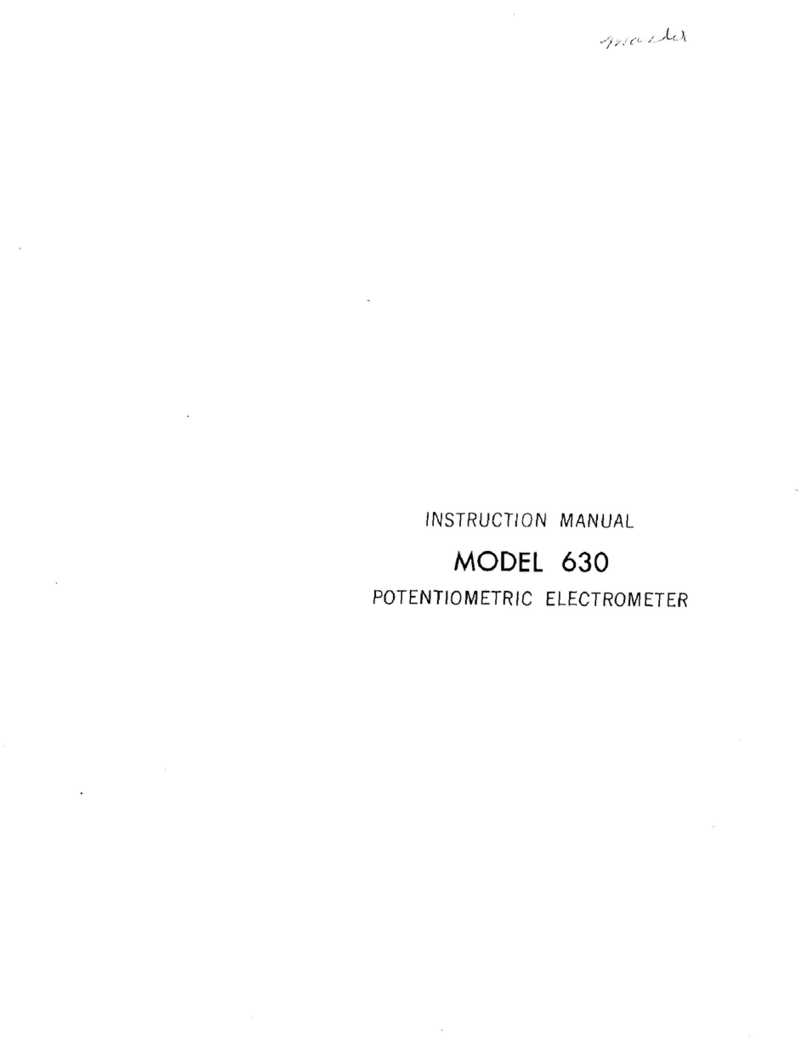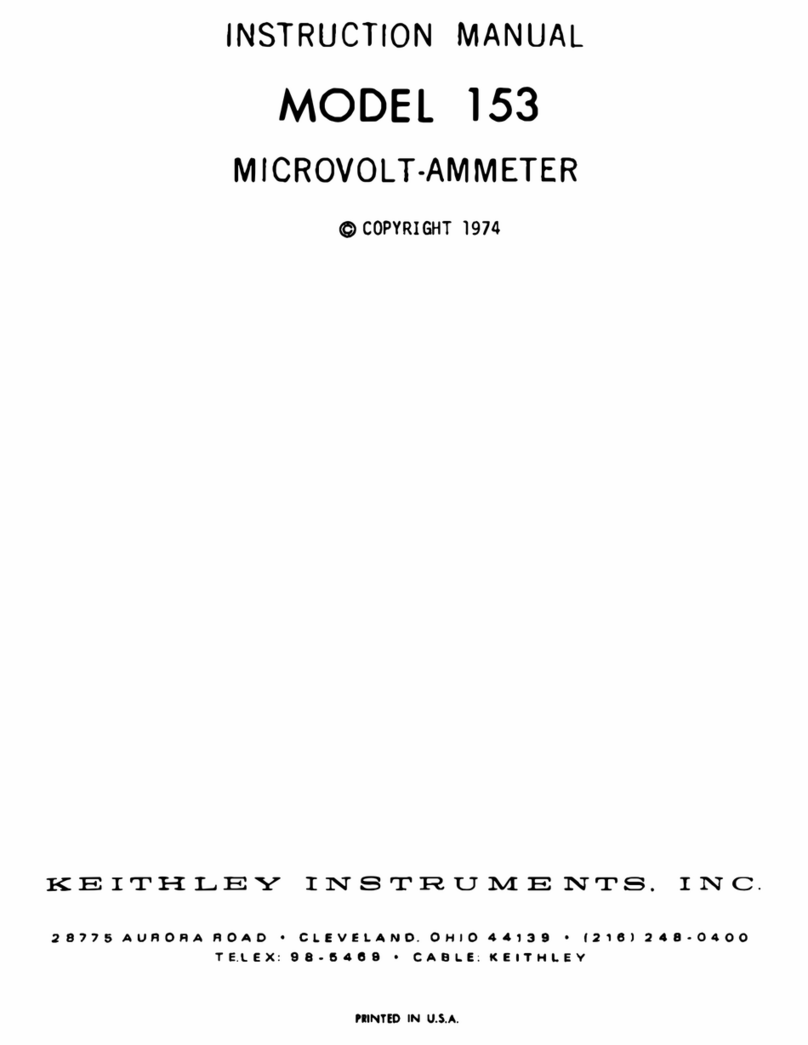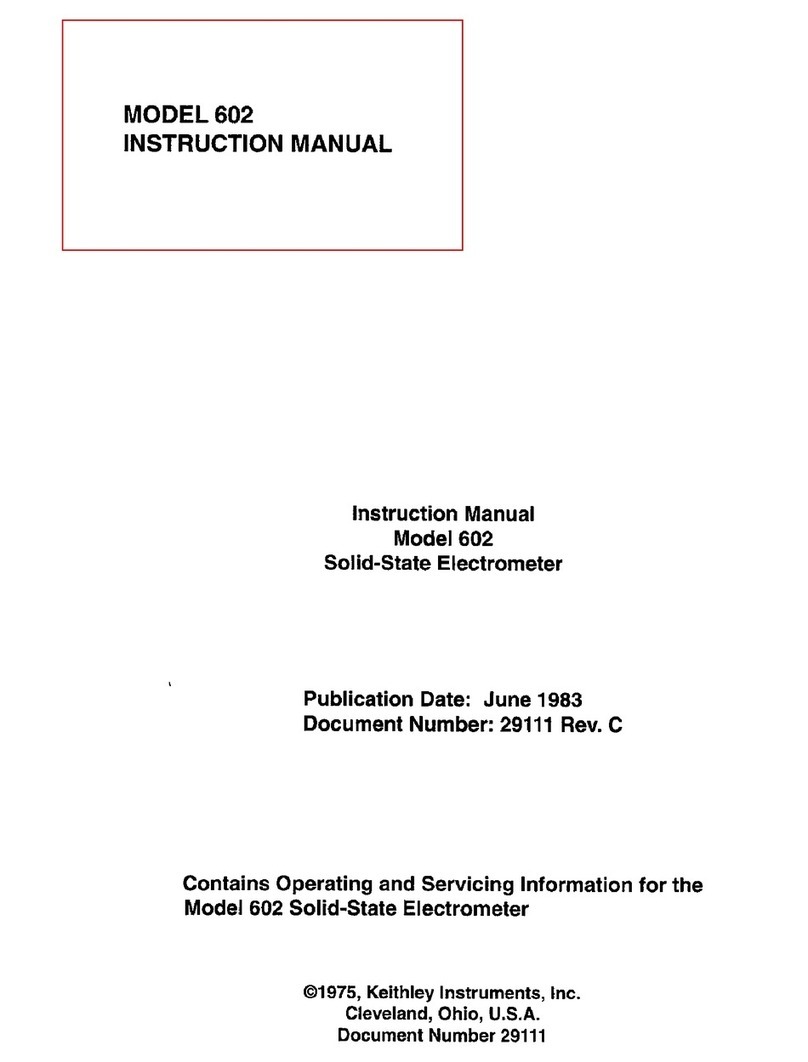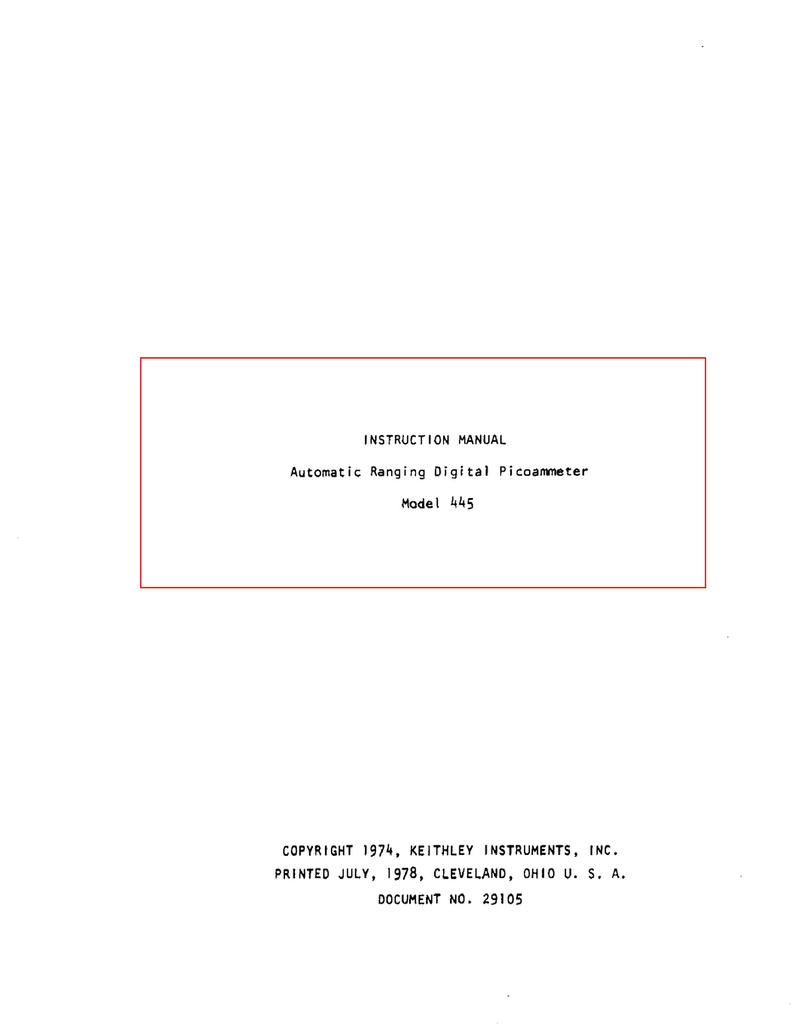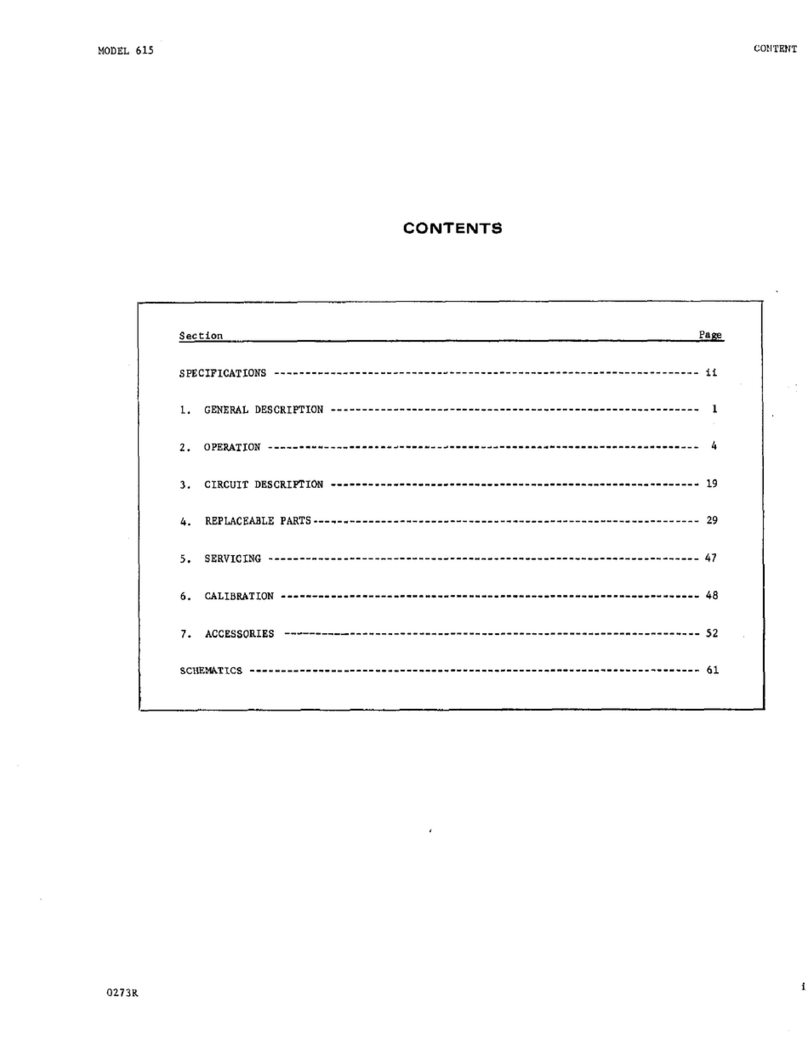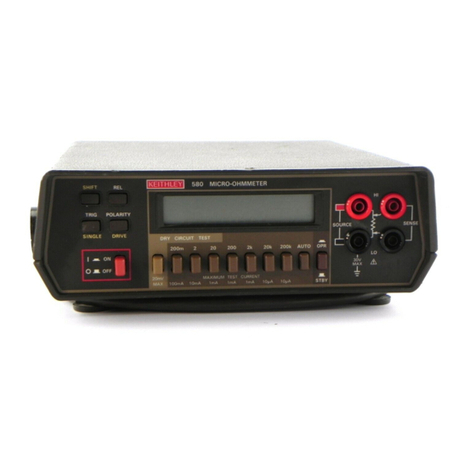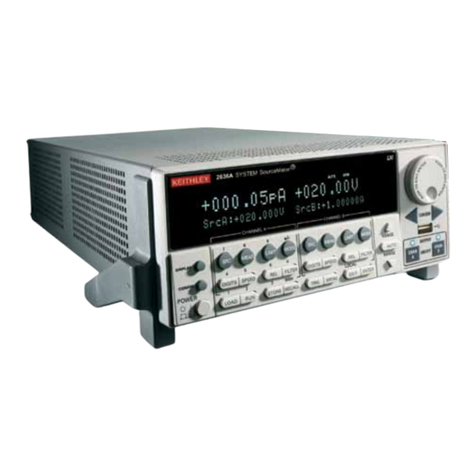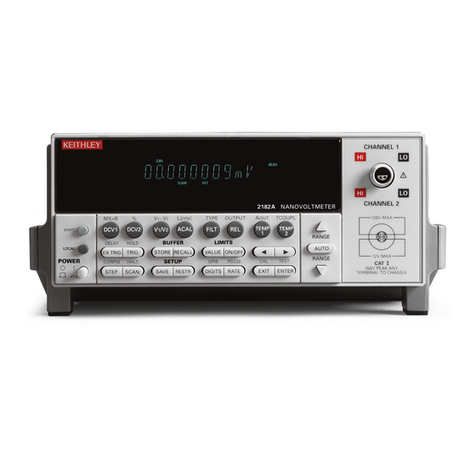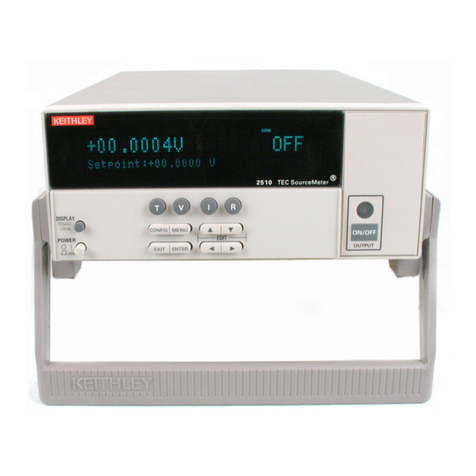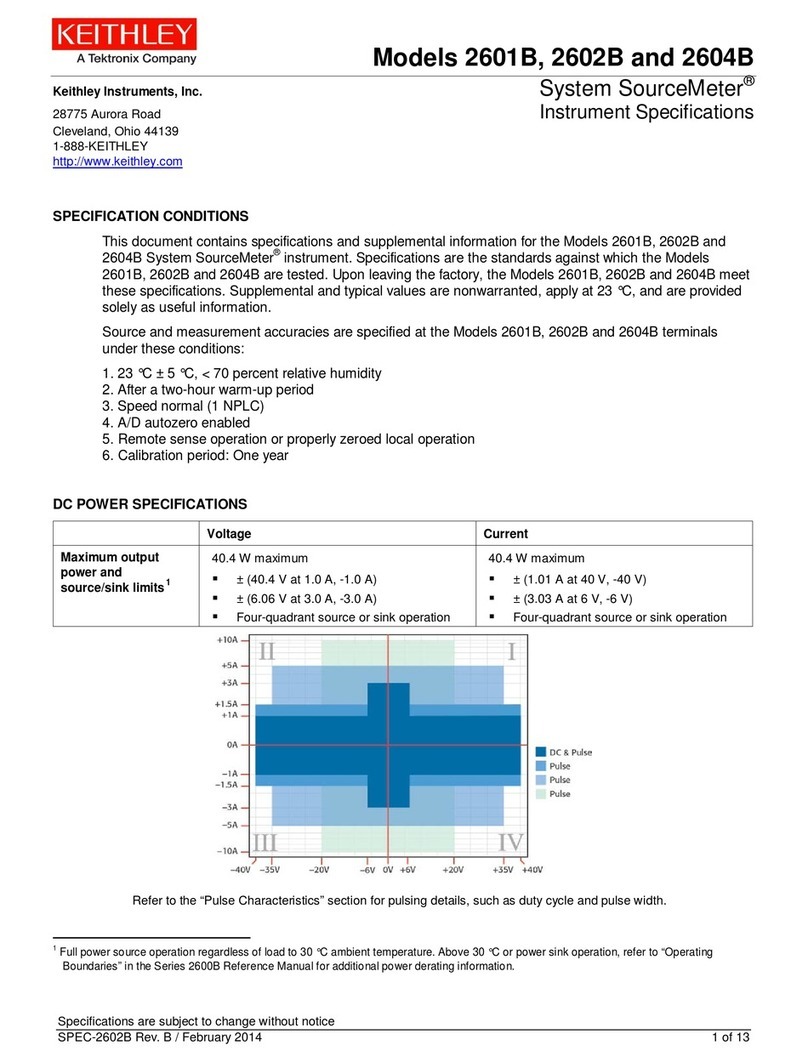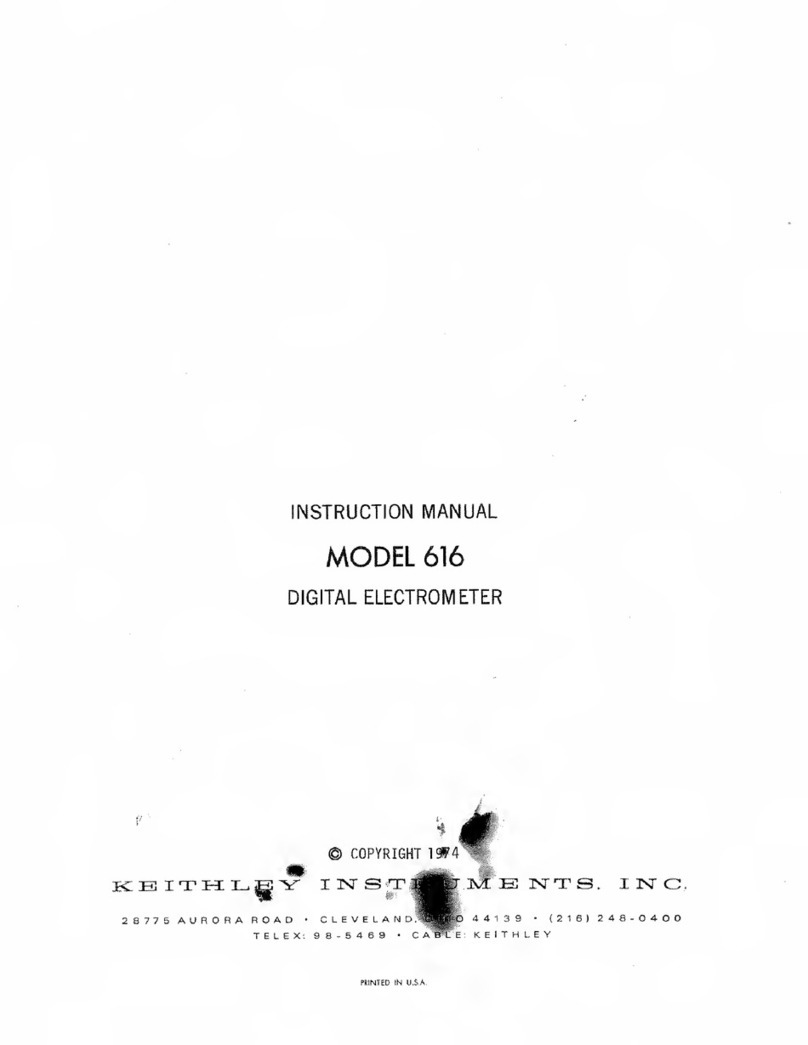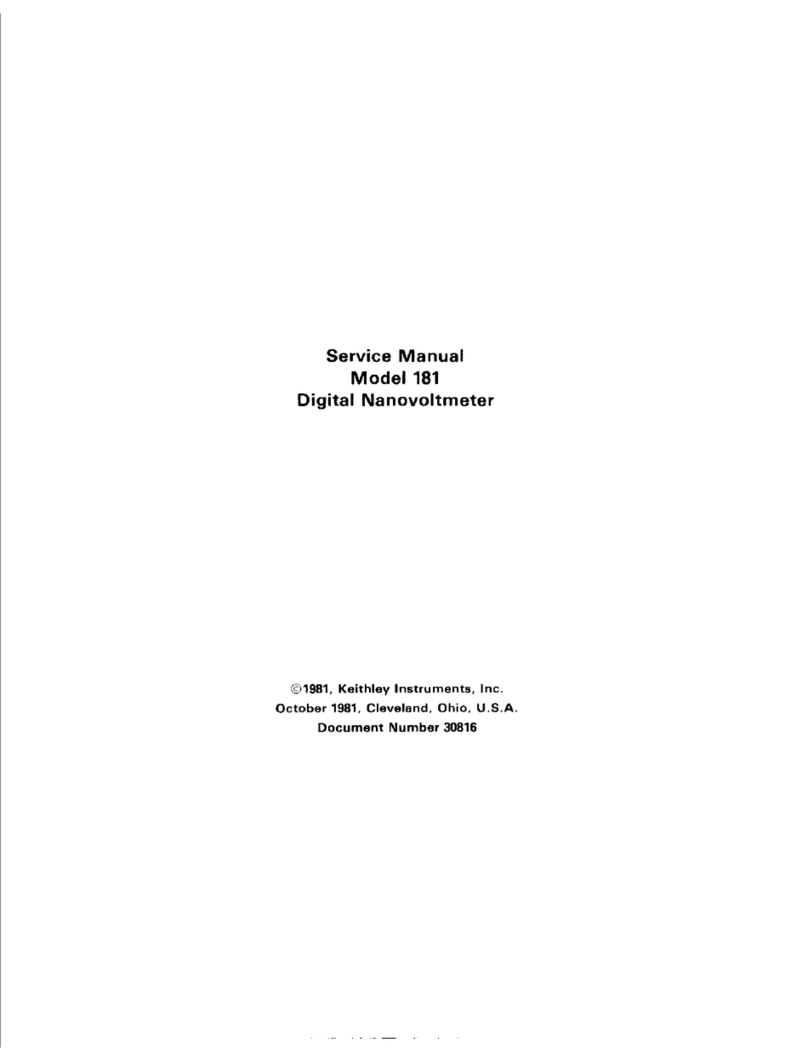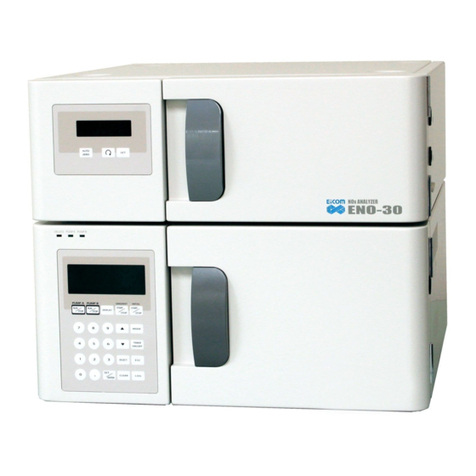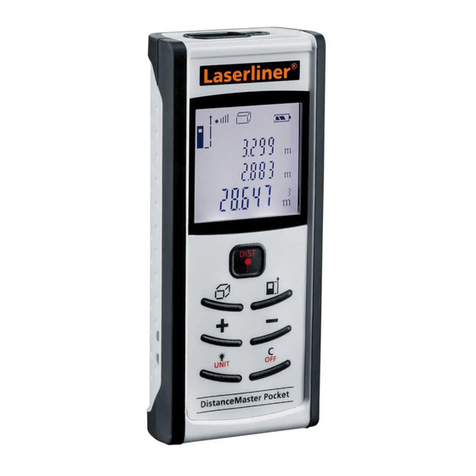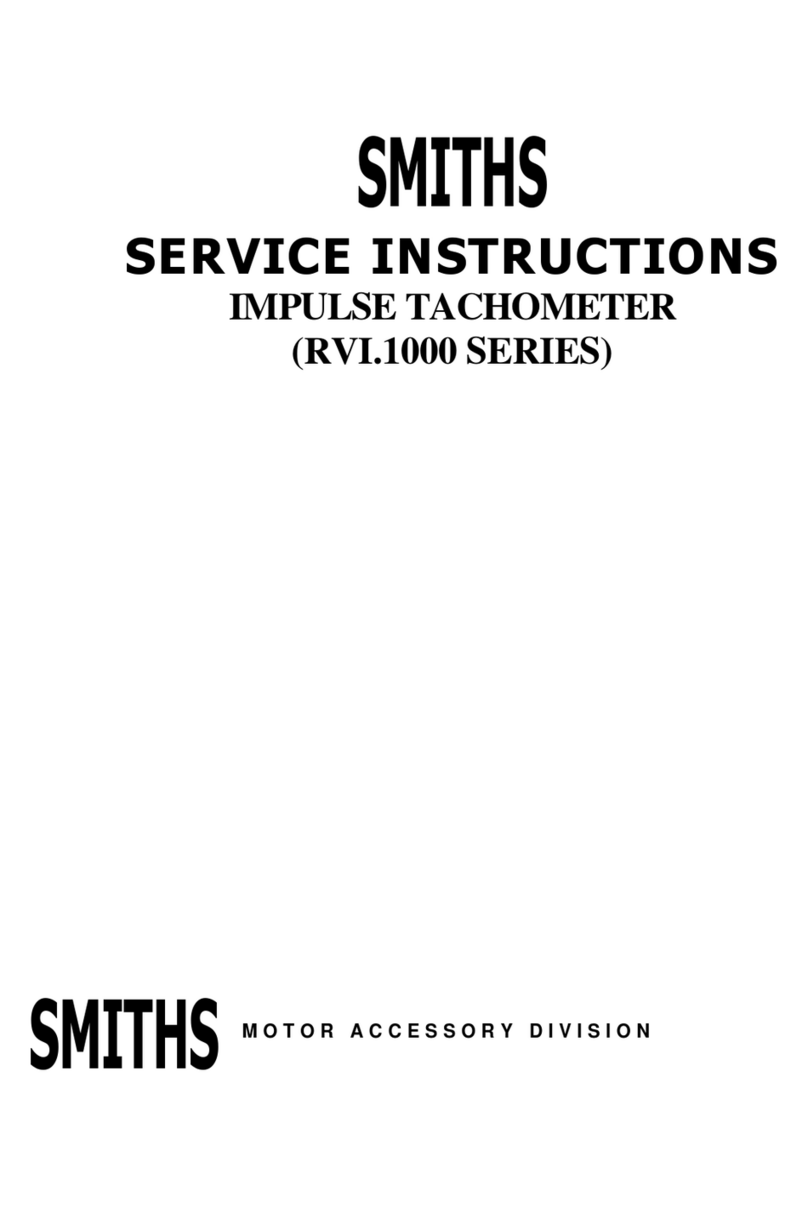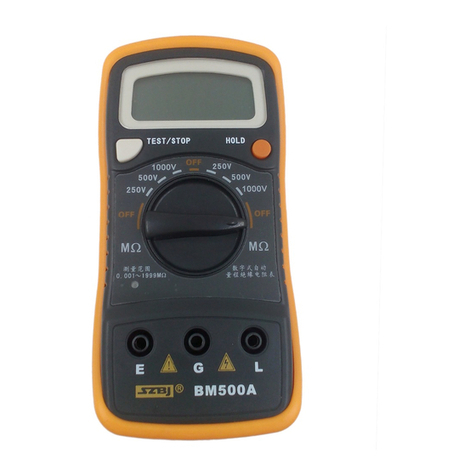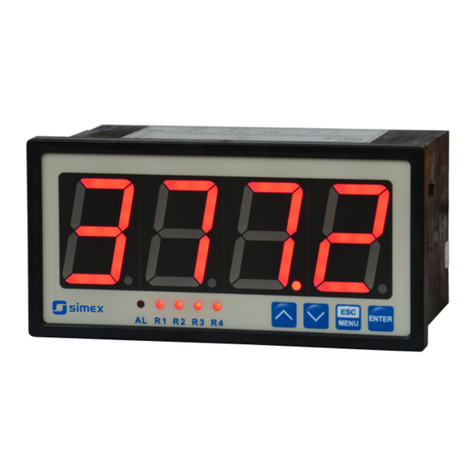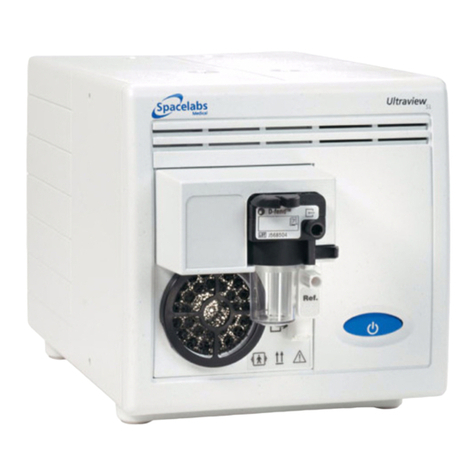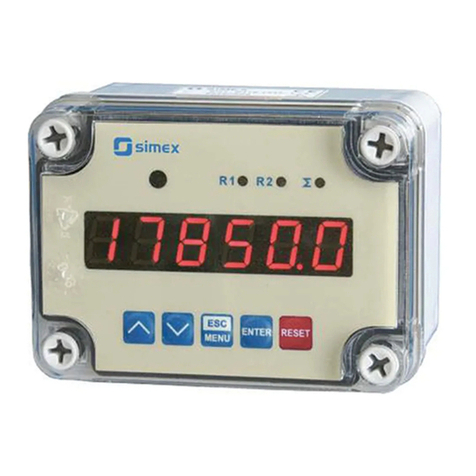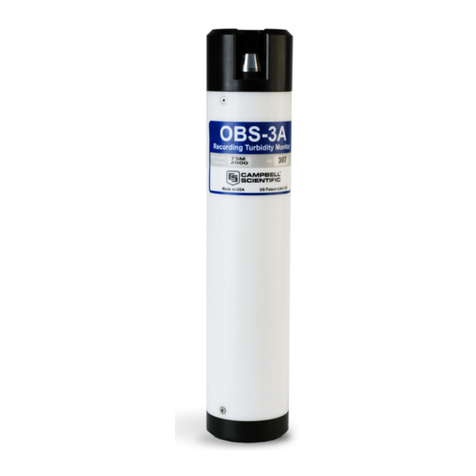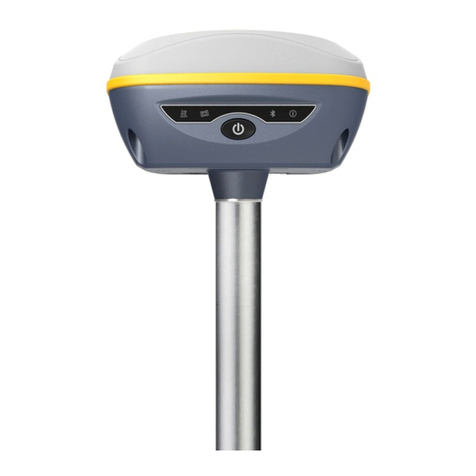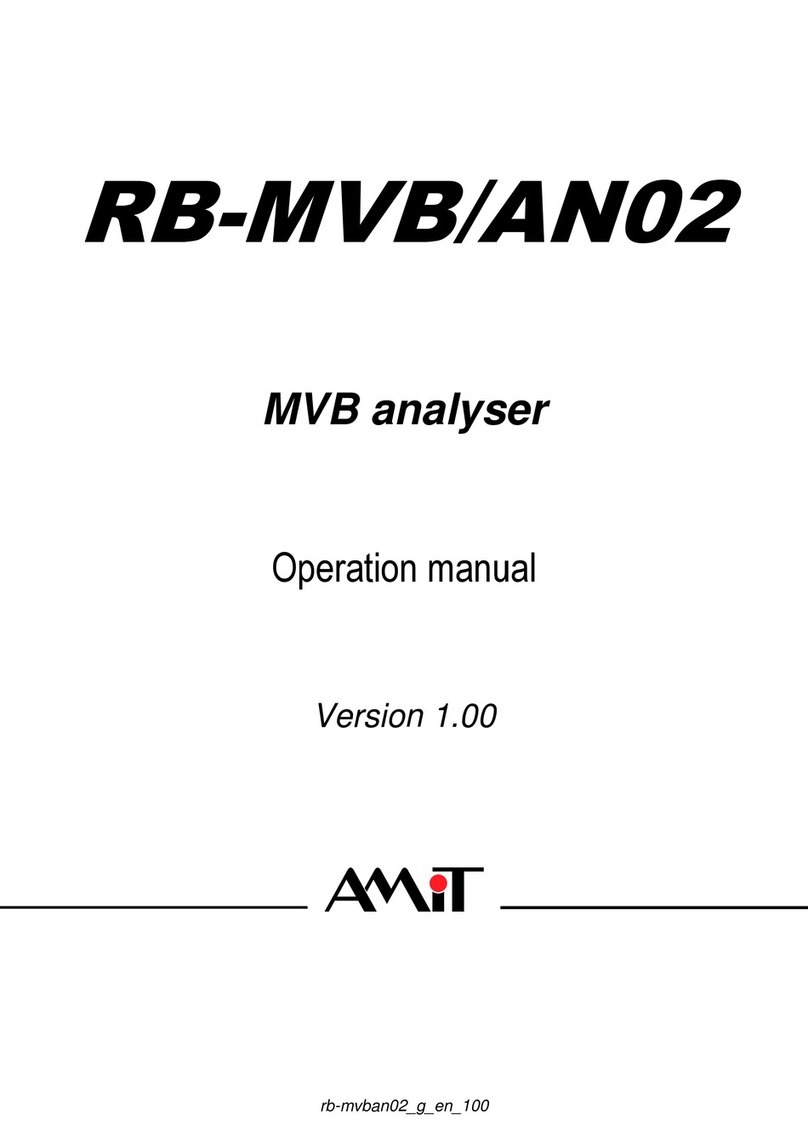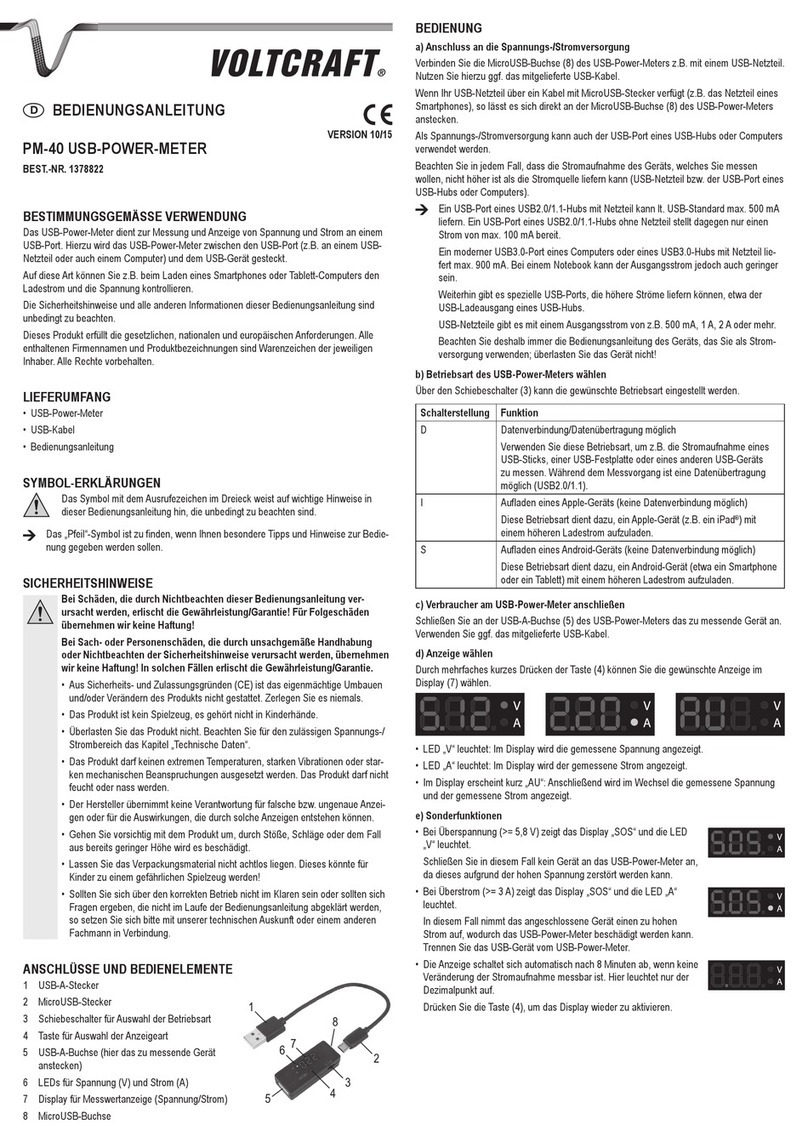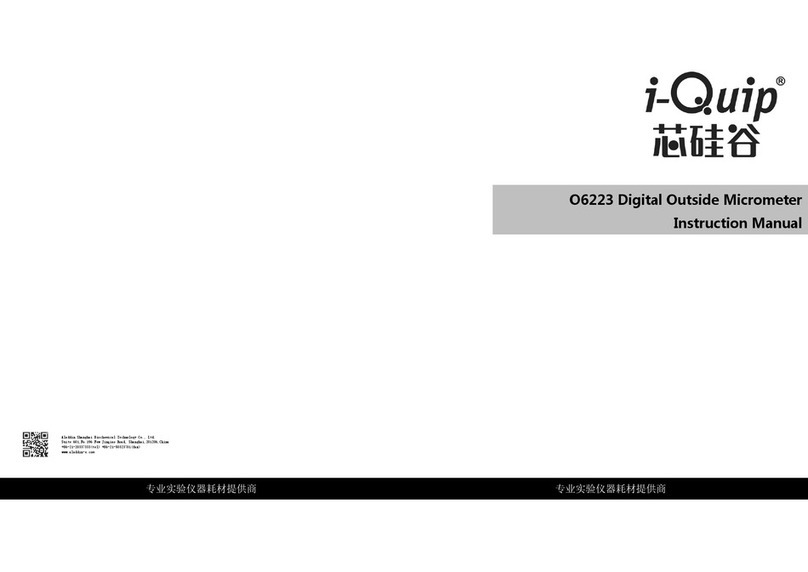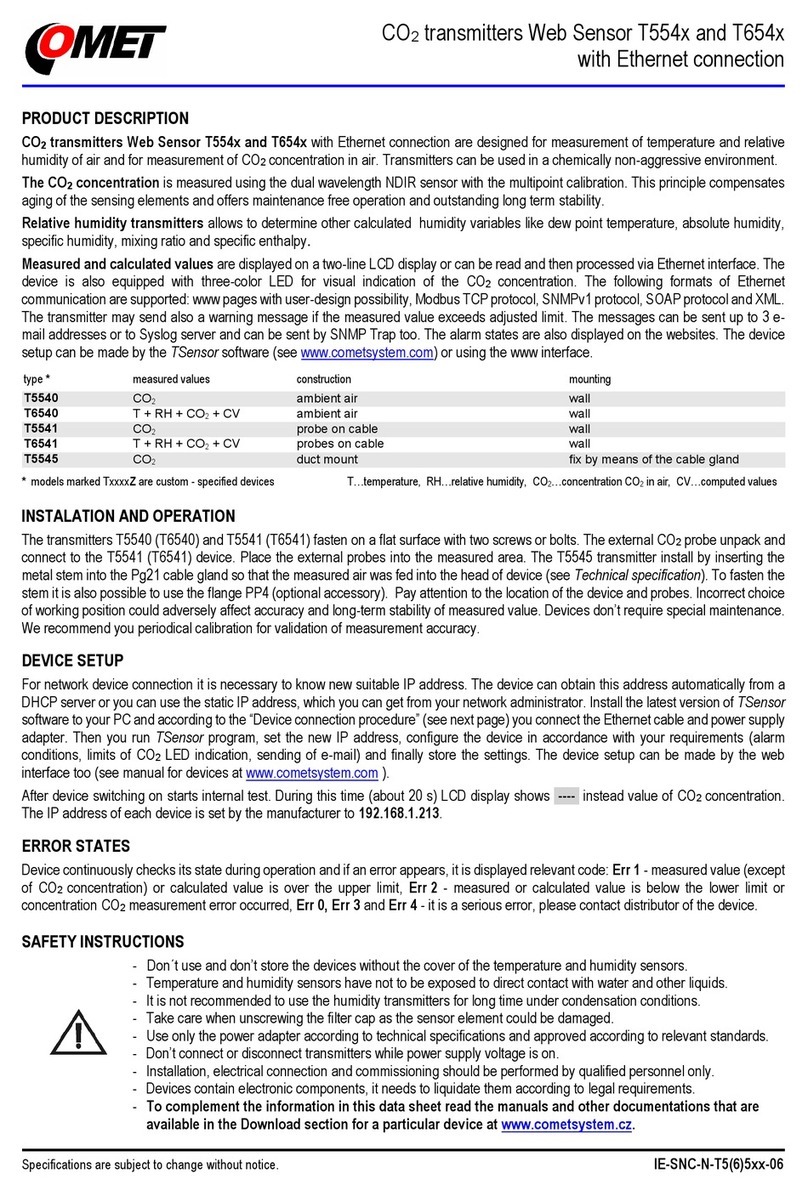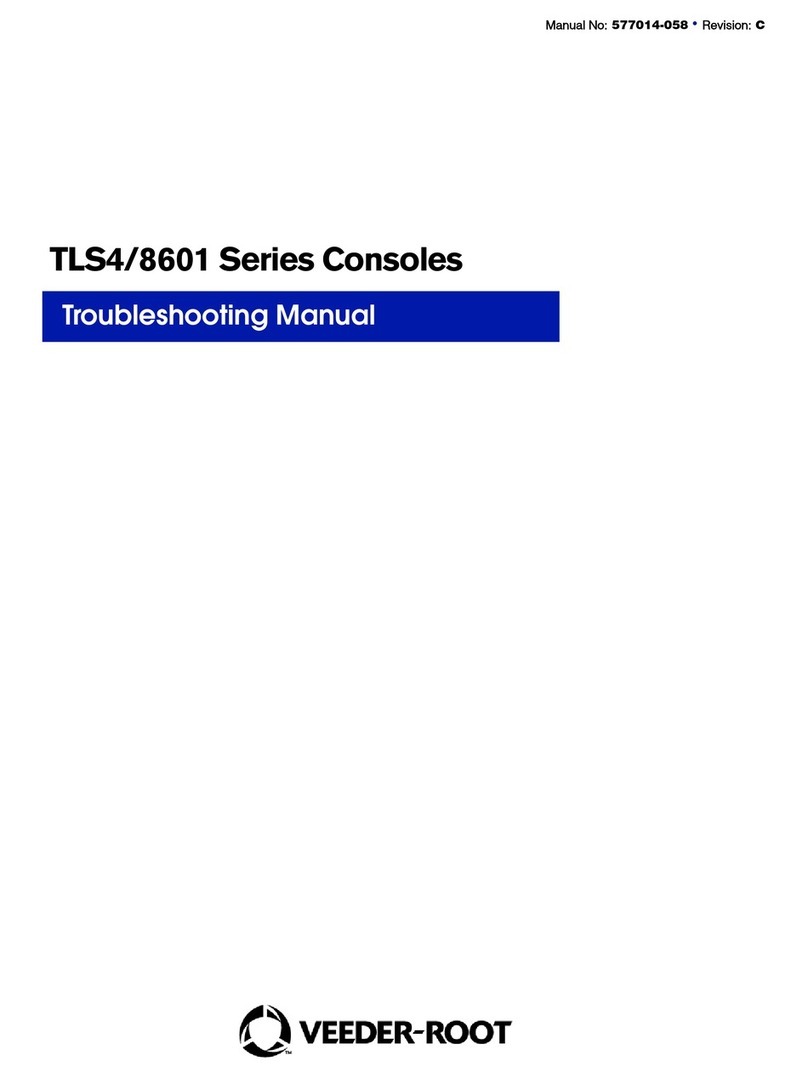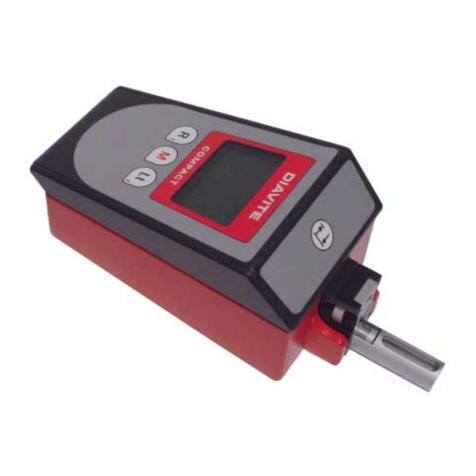
The Guard and HI electrodes must be mounted 80 that at operating temperatures
they are in the sameplane.
Fig. 510-8 shows the connecting cables passing directly through holeo in the
oven walls. If it io desired to mount connector8 in the oven walls, Fig.
510-g shows the details of a typical installation. Teflon insulated con-
nectors, such ae MIL Type 0-239A should be used. The shell of the HI: lead
connector which ia operated at Guard potential must be insulated electrical-
ly from the oven wall which should be at Ground. Someprotection must be
provided for the operator, because the exposed parts of the plug can be
500
volts below ground.
The metal housing of an oven generally makes a good shield against
60
cps
pickup, and should be connected to ground. Difficulties may arise through
pickup of the
60
CPRvoltages from exposed conductors or heating coils and
from door hinges which are not conducting and tend to insulate the door
from the cabinet. In most c&see, no shielding in addition to the grounded
metal oven and shelves if! necensary.
One of the constituents of teflon is fluorine. At room temperature, teflon
io chermically stable, but when elevated above about 500°F., it gives off
toxic fumes. Great care should be taken when using teflon cables in ovens
or n%ar heating elements. Figure 510-10 illustrates a
variation of the guarded elec-
trode connection for measuring
volume resistivity of these
sheets, or for quick compari-
sions of resistances between
sheets. Here, the surface
leakage path is very long,
and, with materials which are known to have good surface properties, Che
surface resistance is much higher than the volume resistance. The weight
is chosen large enough and heavy enough to give consistent measurements.
The Model 5101 ComponentAdapter &es a convenient shielded enclosure for
these meaourements. A metal plate fastened to a banana plug slipped into
the GNDjack is a convenient measuring table. The weight is connected by
a short pigtail to a banana plug slipped into the HI terminal. There is
no Guard connection, and the pigtail from the high terminal to the weight
must not touch anything.
A source oP serious error in measuring the volume resistivities of the
better insulatoro is conductivity between the HI and Guard conductors,
both on tha ourface of the sample itself and in the connection% to the
megohnrmeterinput. This provides a current p&h in addition to the micro-
microammeter of the megohmmeter, causing the meter to read an erroneously
low resistance. a
For example using the
5
volt test potential, the desired current when read-
ing
d-3
ohmsfalls through a potential field of about 6.5 volts, lrhereas
the undesired current from gue+rdto input falls through a'field of 1.5
volts. Thus, with equal currents, desired and undesired, the leskage
a-5




















